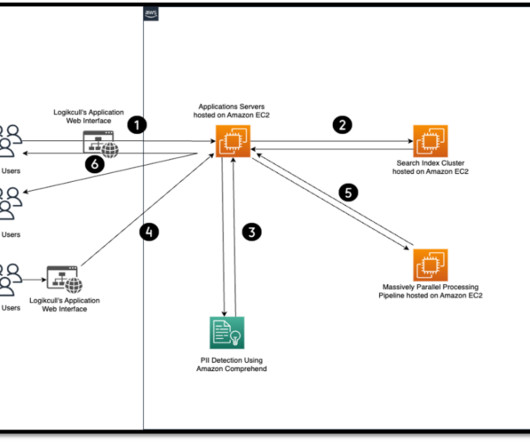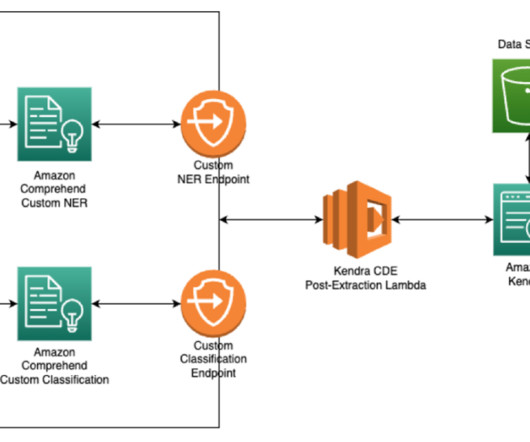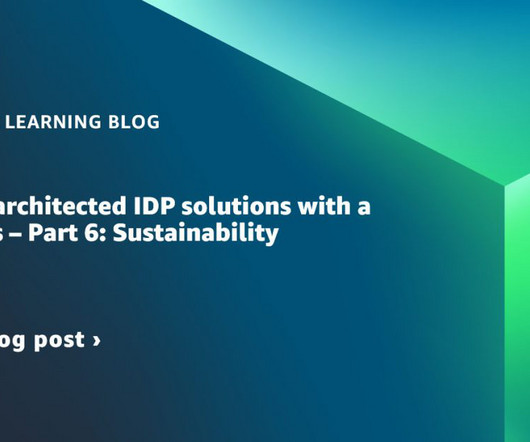It’s time to shelve unused data
Dataconomy
SEPTEMBER 22, 2023
Data archiving is the systematic process of securely storing and preserving electronic data, including documents, images, videos, and other digital content, for long-term retention and easy retrieval. Lastly, data archiving allows organizations to preserve historical records and documents for future reference.















Let's personalize your content